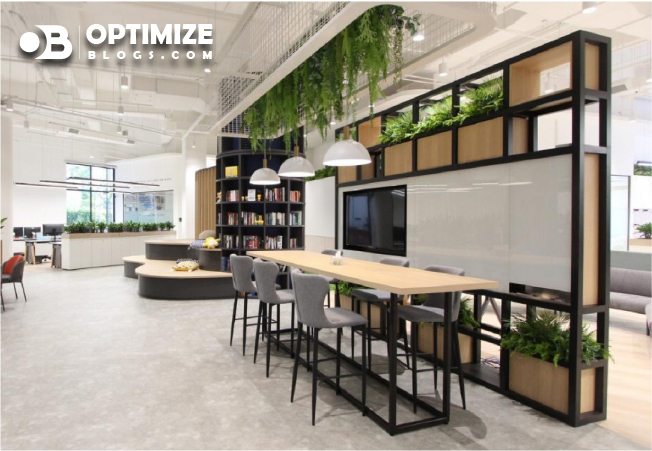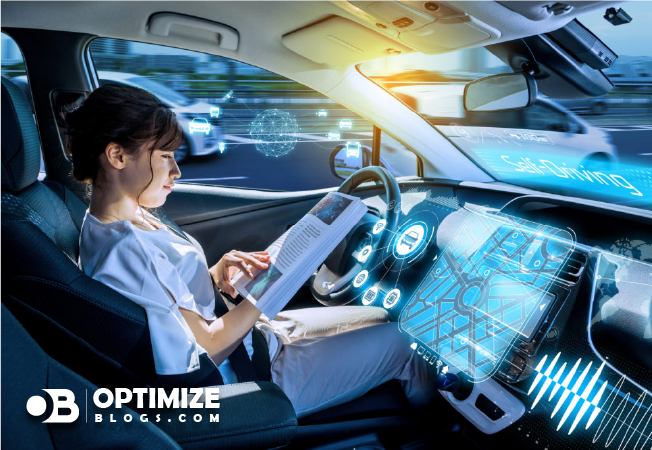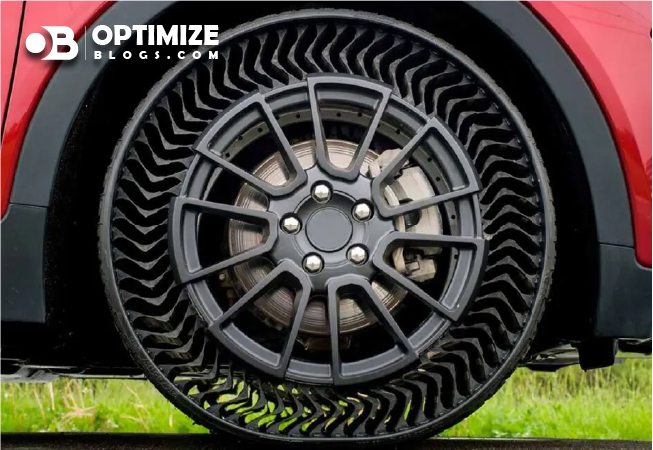
The concept of a workplace has evolved significantly in recent years. Traditional office spaces have given way to modern workspaces that prioritize flexibility, collaboration, and employee well-being. As businesses adapt to changing work dynamics and employee expectations, office design trends continue to evolve. In this comprehensive guide, we will explore the latest office design trends for modern workspaces, helping you create an environment that fosters creativity, productivity, and employee satisfaction.
The Changing Landscape of Modern Workspaces
Modern workspaces reflect a shift from rigid, compartmentalized offices to open, flexible, and dynamic environments. Several factors contribute to this transformation:
Remote Work and Hybrid Models
The rise of remote work and hybrid work models has prompted a reevaluation of office spaces. Offices are no longer simply places for daily work but rather hubs for collaboration, innovation, and culture-building.
Employee-Centric Focus
Companies recognize the importance of prioritizing employee well-being and satisfaction. Modern workspaces aim to create environments that support physical and mental health, work-life balance, and personal growth.
Technological Integration
The integration of technology into office design is crucial for enabling seamless communication, collaboration, and productivity. From smart lighting to video conferencing, technology plays a central role in modern workspaces.
Key Office Design Trends for Modern Workspaces
Let's explore the latest trends that are shaping the design of modern workspaces:
Flexible Layouts
Activity-Based Workspaces
Activity-based workspaces offer various zones tailored to different tasks, such as quiet areas for focused work, collaborative spaces for brainstorming, and relaxation corners for breaks. Employees can choose the environment that suits their needs at any given
Biophilic Design
Bringing Nature Indoors
Biophilic design incorporates natural elements into the workspace, such as plants, natural light, and outdoor views. This design approach enhances employee well-being, reduces stress, and boosts creativity and productivity.
Open and Collaborative Spaces
Open-Plan Offices
Open-plan offices encourage collaboration, communication, and a sense of community. These spaces often feature shared workstations, communal tables, and breakout areas for impromptu meetings and discussions.
Remote Work Integration
Hot Desking and Hoteling
Hot desking and hoteling systems allow employees to reserve desks or workstations when they come to the office, accommodating a hybrid workforce and optimizing space utilization.
Smart Office Technology
IoT Integration
The Internet of Things (IoT) is incorporated into office design through smart sensors, devices, and applications. These technologies automate tasks like climate control, lighting, and room booking, enhancing energy efficiency and user experience.
Wellness-Centric Spaces
Meditation and Wellness Rooms
Wellness-centric spaces provide areas for relaxation, meditation, or exercise. These spaces promote physical and mental health, reduce stress, and boost creativity.
Sustainable Design
Eco-Friendly Materials
Sustainable office design incorporates eco-friendly materials, energy-efficient systems, and waste reduction practices. It aligns with corporate sustainability goals and reduces the environmental footprint.
Hybrid Meeting Rooms
Virtual and In-Person Collaboration
Hybrid meeting rooms are equipped with technology for seamless collaboration between in-person and remote participants. They include features like high-quality audio and video conferencing systems.
Employee Empowerment
Customization Options
Modern workspaces often allow employees to personalize their workstations and choose their preferred settings, from adjustable desks to ergonomic chairs.
Safety Measures
Post-Pandemic Design
Post-pandemic office design incorporates safety measures such as touchless technology, enhanced ventilation, and flexible seating arrangements to accommodate physical distancing.
The Benefits of Modern Workspace Design
Implementing these office design trends offers numerous benefits for both businesses and employees:
Increased Productivity
Modern workspaces are designed to promote collaboration and focus, leading to improved productivity and efficiency.
Employee Satisfaction
Employee-centric design enhances job satisfaction, engagement, and overall well-being, reducing turnover and boosting retention.
Enhanced Collaboration
Open and collaborative spaces facilitate idea sharing and teamwork, fostering innovation and creativity.
Talent Attraction and Retention
A modern and attractive workspace is a valuable tool for attracting top talent and retaining high-performing employees.
Sustainability
Sustainable design practices reduce energy consumption and waste, aligning with environmental goals and corporate responsibility.
Adaptability
Flexible layouts and technology integration enable businesses to adapt to changing work dynamics and future challenges.
Implementing Modern Workspace Design
When implementing these design trends, consider the following steps:
Assess Your Needs
Evaluate your organization's goals, employee preferences, and work dynamics to determine the most suitable design elements for your workspace.
Employee Involvement
Involve employees in the design process to gather feedback and insights. Their input can lead to a more effective and satisfying workspace.
Plan for Technology Integration
Ensure that your workspace design accommodates the latest technology for seamless communication and collaboration.
Prioritize Well-Being
Place employee well-being at the center of your design, providing spaces for relaxation, stress reduction, and physical activity.
Sustainability Commitment
Consider eco-friendly materials, energy-efficient systems, and waste reduction practices to create a sustainable workspace.
Safety and Health Measures
Incorporate post-pandemic safety measures and guidelines into your office design to promote a safe and healthy work environment.
Conclusion: Transforming the Workspace Experience
Modern workspaces have evolved to prioritize employee well-being, collaboration, and adaptability. The latest office design trends reflect these priorities, offering numerous benefits for both organizations and their employees. By embracing flexible layouts, biophilic design, smart technology, and sustainability, businesses can create spaces that inspire creativity, foster innovation, and support a dynamic and productive workforce. The modern workspace is not just a physical location; it is an environment that empowers individuals and teams to thrive in an ever-changing world of work.






